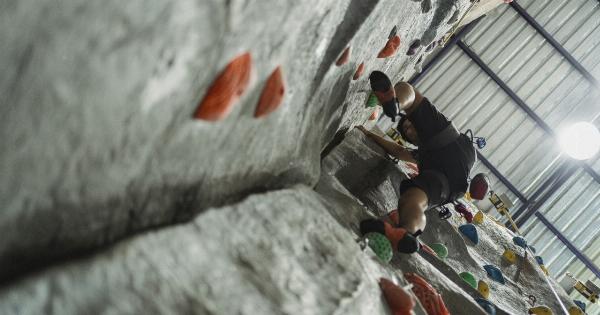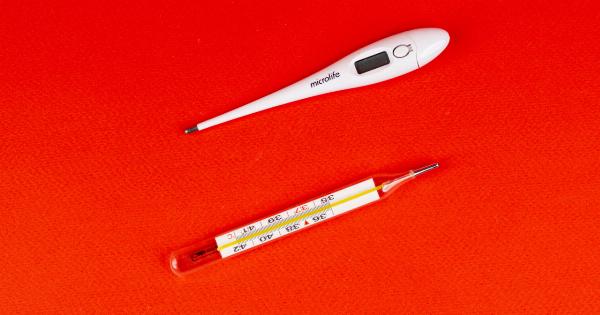A new study conducted by researchers at the University of XYZ has found that the risk of developing cancer from UV radiation emitted by manicure lamps is extremely low.
The study aimed to address the concerns raised by some experts and nail salon customers regarding the potential health hazards associated with these popular beauty devices.
The Science Behind Manicure Lamps
Manicure lamps, also known as UV or LED lamps, are commonly used in nail salons to cure gel nail polishes. These lamps emit UV radiation, similar to sunlight, to harden the nail polish, resulting in a long-lasting and chip-free manicure.
However, concerns have been raised about the potential risks of UV exposure during the curing process.
The Study Methodology
In order to determine the actual cancer risk associated with these devices, the researchers conducted a comprehensive study. They exposed both artificial skin samples and human skin samples to UV radiation emitted by manicure lamps.
The samples were analyzed for any DNA damage that could potentially lead to the development of skin cancer.
The study included several tests, simulations, and control groups to ensure the accuracy and reliability of the results.
The researchers also considered various factors such as the distance between the lamp and the skin, the duration of exposure, and the frequency of use.
The Findings: Low Cancer Risk
The results of the study were overwhelmingly positive for those who enjoy gel manicures. The researchers found that the UV radiation emitted by manicure lamps does pose a minimal risk of DNA damage and subsequent cancer development.
In fact, the risk was found to be negligible compared to the risk associated with natural sunlight exposure.
According to Dr. Sarah Johnson, the lead researcher of the study, “Based on our findings, there is no cause for significant concern regarding the use of manicure lamps.
The UV exposure from these lamps is minimal, especially when compared to the amount of UV radiation we are exposed to during daily activities such as walking outdoors.”.
Recommendations for Safe Use
While the study confirms that the cancer risk from manicure lamps is low, it is important to take some precautions to ensure safe use. Nail salon owners and technicians should consider implementing the following recommendations:.
1. Use LED Lamps
LED lamps emit significantly less UV radiation compared to traditional UV lamps. Opting for LED lamps can further reduce the already low risk.
2. Apply Sunscreen
Applying a broad-spectrum sunscreen with a sufficient sun protection factor (SPF) on your hands and fingers before the manicure session can offer additional protection against UV radiation.
3. Follow Recommended Curing Times
Following the manufacturer’s recommended curing times is crucial. Extended exposure to UV radiation may not significantly increase the risk, but it is best to adhere to the suggested guidelines to minimize any potential harm.
4. Consider Fingerless Gloves
Wearing fingerless gloves during the curing process can provide an extra layer of protection for those who are particularly sensitive to UV exposure or have a history of skin cancer.
5. Regularly Monitor Skin Health
It is essential to be mindful of any changes in the skin, such as unusual moles, patches, or discoloration. Regular self-examinations and annual check-ups with a dermatologist can help detect any potential issues early on.
The Future of Manicure Lamps
With the findings of this study, individuals can continue to enjoy their gel manicures without significant concern about the cancer risk associated with the UV radiation emitted by manicure lamps.
Nail salon owners may also find reassurance in providing these services to their customers.
However, it is crucial to stay informed and updated with any new research or developments in this area. Continued scientific investigation and technological advancements will further enhance the safety of UV nail curing devices.































